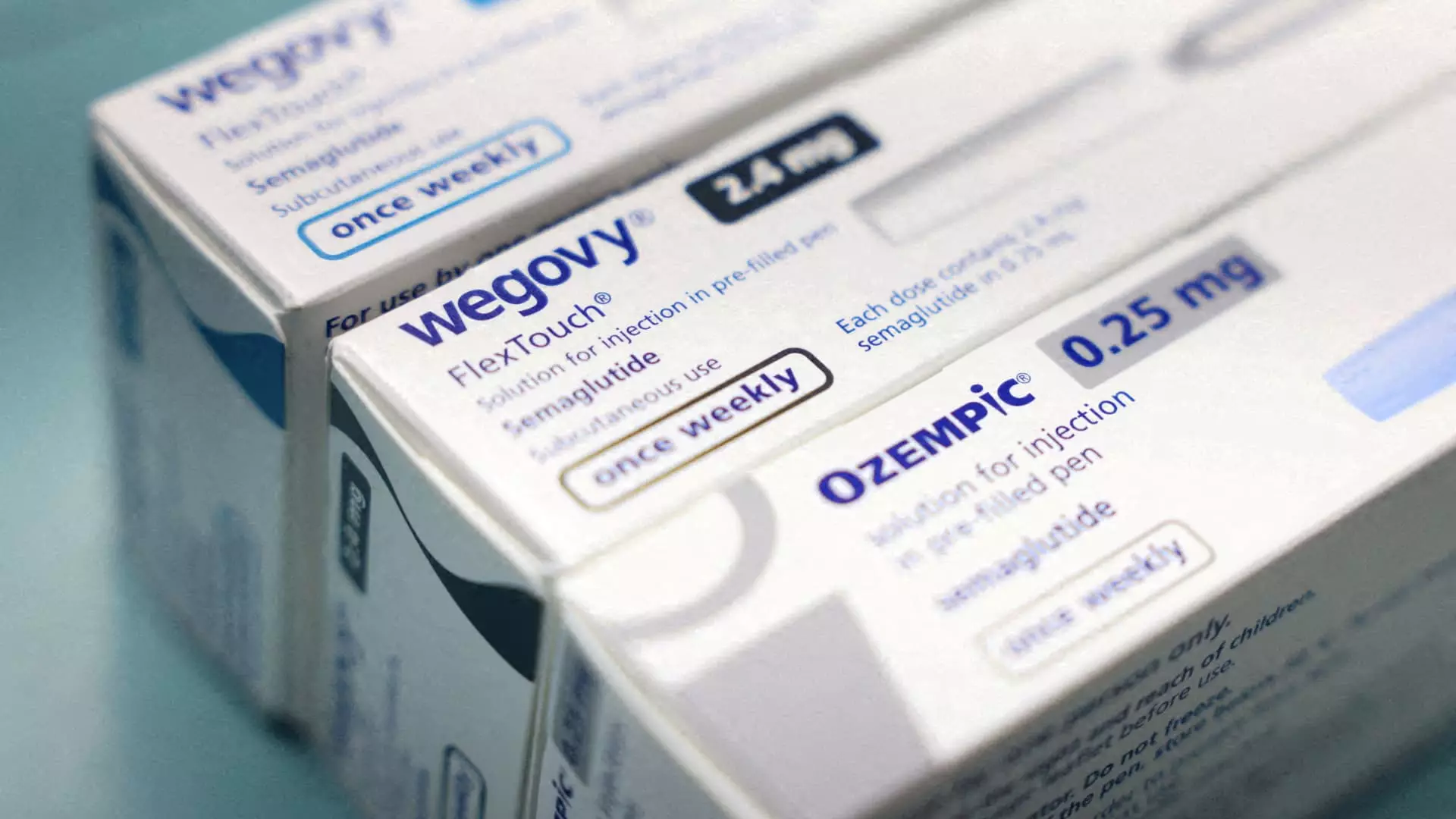After more than two years of scarcity, the U.S. Food and Drug Administration (FDA) has announced a resolution to the long-standing shortage of Novo Nordisk’s popular medications, Wegovy and Ozempic. These drugs, primarily utilized for weight loss and diabetes management, have seen an unprecedented spike in demand, leading to a significant supply shortfall. The recent announcement positions Novo Nordisk to potentially regain market stability and tackle the competition from similar products, notably those produced by rival Eli Lilly.
Prior to the FDA’s resolution, many patients turned to compounded versions of semaglutide produced by compounding pharmacies as an alternative during the shortage. Compounding pharmacies can create tailored medications that are not commercially available, particularly in cases where patients have unmet needs due to branded drug shortages. However, with the FDA’s recent ruling, these pharmacies will face restrictions on producing and distributing unapproved versions of Wegovy and Ozempic within the next few months. This change will likely disrupt the operations for compounding pharmacies, which have thrived during the shortage but now must cease or adjust their offerings to remain compliant with regulatory standards.
Following the FDA’s announcement, Novo Nordisk’s stock experienced a notable uptick of around 5%. This response indicates investor confidence in the company’s ability to stabilize its supply chain and meet the burgeoning demand for semaglutide-based drugs. In contrast, shares of telehealth company Hims & Hers, which had been selling compounded versions of these injectables, plummeted more than 25%, reflecting the market’s recalibration in light of the FDA’s ruling.
This dynamic raises critical questions about the future of the weight loss medication sector and the competitive strategy that both Novo Nordisk and Eli Lilly will employ moving forward. Analysts anticipate that the weight loss drug market could escalate to over $150 billion annually after 2030. With the implicit endorsement of FDA-approved products, Novo Nordisk could be better positioned to capitalize on this lucrative segment, especially as it enhances its manufacturing capabilities to fulfill demand.
Central to the FDA’s decision is the critical emphasis on patient health and safety, as underscored by Dave Moore, Novo Nordisk’s executive vice president of U.S. operations. His warning against the dangers posed by unregulated or counterfeit medications resonates strongly in a time where misinformation can lead patients to seek out alternatives that pose significant health risks. The FDA’s ruling is a proactive measure aimed at protecting consumers while ensuring that only high-quality, FDA-approved drugs are available to patients.
However, vigilance must be maintained. Although the agency has resolved the shortage, it has indicated that some localized supply issues could still arise as Nou Nordisk’s products navigate the supply chain. Therefore, both healthcare providers and patients should remain alert to these potential fluctuations while the market adjusts to the newfound availability of semaglutide.
While the end of the shortage presents a promising outlook for pharmaceutical companies and patients alike, challenges remain. Novo Nordisk and Eli Lilly have both invested heavily in expanding production capacities, but the real test will be maintaining consistent product availability amidst ongoing market demands. This newfound equilibrium will require agile responses and strategic planning to ensure that supply chains are robust and can handle potential fluctuations in demand.
The evolution of the weight management and diabetes treatment landscape will be closely monitored. As companies adapt to the regulatory changes and the competitive pressures emerge, how they address both their manufacturing efficiencies and their patient outreach efforts will ultimately shape the future dynamics of this burgeoning segment.
The FDA’s announcement marks a significant turning point for the availability of semaglutide injections, paving the way for Novo Nordisk to reclaim its position in a rapidly growing market. With the barring of compounded alternatives, the focus now shifts to regulatory compliance and strategic market positioning for all stakeholders involved. As this situation unfolds, both patients and industry players will be keenly observing the implications on access to vital medications and the overall public health landscape. The resolution of the shortage not only stabilizes market confidence but also reinforces the importance of consumer safety in a complex pharmaceutical environment.

